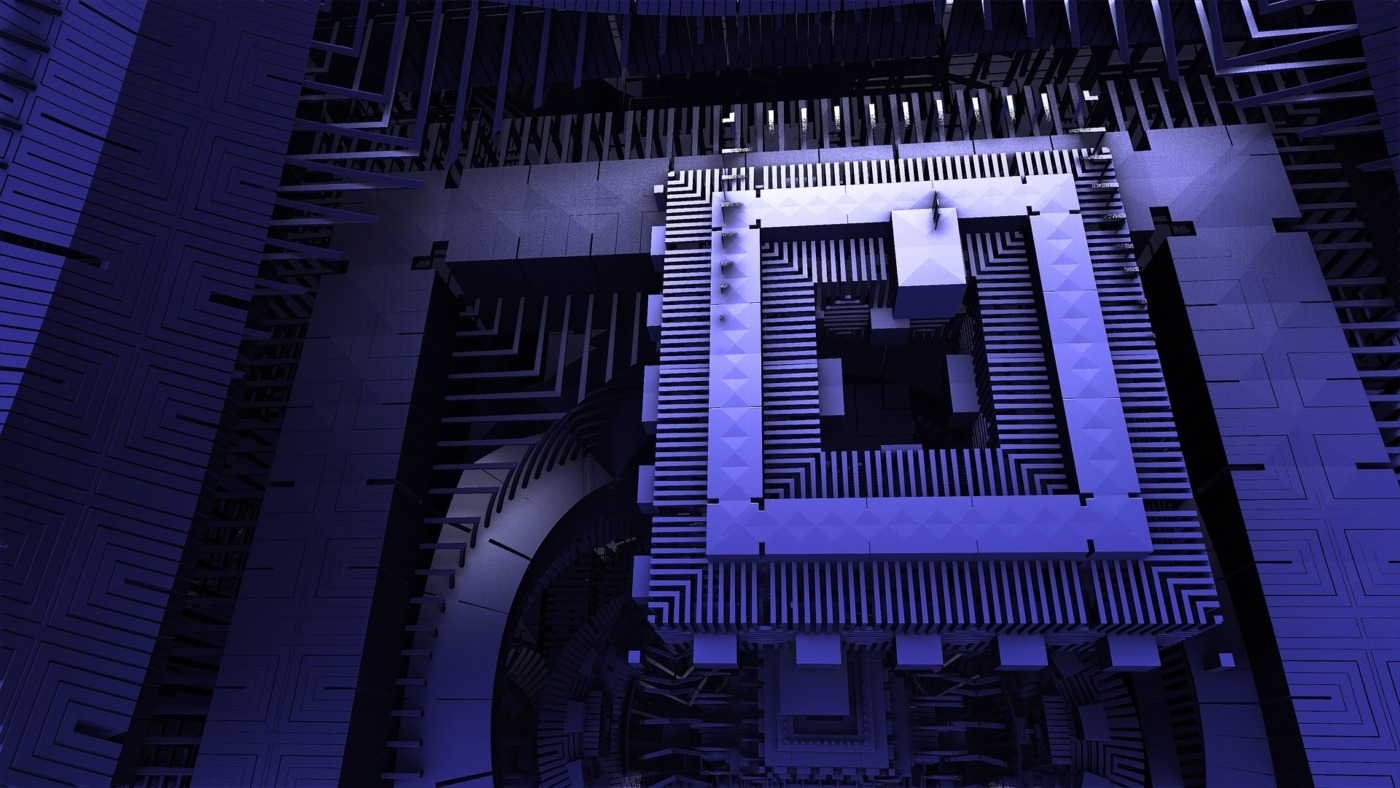How quantum computing can aid chemical reactions
Researchers at Google AI Quantum have made a record-breaking achievement by successfully simulating a chemical reaction using a quantum computer. Simulating chemical reactions is a fundamental aspect of modern-day science. Assisted by computers, it can be much easier to understand how these reactions take place.
Previously, quantum computers have only performed chemical calculations that are half the size of that in Google’s latest simulation. By performing two variational quantum eigensolver (VQE) simulations combined with error-mitigation strategies, they were able to achieve chemical accuracy.
What makes ‘quantum’ different?
Classical computers use a simple ‘on/off’ system. Quantum computers don’t have to be in either the on or off state but can be a superposition of both states at the same time
Quantum computers are significantly more advanced than the standard ‘classical’ computer. Classical computers use a simple ‘on/off’ system in which a binary digit (bit) can either be on or off (1 or 0). In quantum computing, a different system using quantum bits (qubits) is used, these differ from classical bits in that they don’t have to be in either the on or off state, but can be a superposition of both states at the same time. Google’s quantum computer uses a chip, named ‘Sycamore’, that contains 54 of these qubits. Classical computers function using charge and voltage whereas quantum computers are based on the spin of an electron.
The first simulation performed was to determine the binding energy of hydrogen chains, this could be done up to and including H12 due to the new availability of 12 qubits and 72 two-qubit logic gates. Each qubit represented the one electron of each hydrogen atom. Previously only six qubits could be used due to issues with error-mitigation; these were overcome by only keeping measurements in which the particle number was constant and looking at wavefunctions and the densities of particles. The result of this error-mitigation was very high accuracy, giving readouts with 97% fidelity. The simulation acted as a benchmark in order to show the improved fidelity when using error-mitigation.
The second simulation was to model the isomerisation mechanism of diazene (a compound containing two hydrogen atoms and two nitrogen atoms). The pathways of isomerisation between the cis and trans isomers of diazene were distinguished. When in the cis form, the hydrogens are both facing the same way on their respective nitrogen atoms, whereas in the trans form, the hydrogens are facing opposite directions. Through the simulation, the energy gap between the two isomers was correctly identified by tracking the motion of the hydrogen atom as it rotates around the nitrogen.
The diazene isomerisation simulation is important as it is the first chemical reaction mechanism modelled by a quantum computer. The energy gap recorded was confirmed by classical computers, that can also run these basic simulations. The simulations show a large advance in quantum computing, and the use of error-mitigation to improve the fidelity of measurements and recordings. This suggests it might be possible for quantum computers to replace the current computers used for simulation. There is yet to be a simulation run by the quantum computer that current computers cannot also perform, but the results of this experiment suggest it could be done in the future.
One notable advantage of the quantum computer compared to classical computers is that it takes a fraction of the time to run and analyse simulations. The quantum computer was tested against a supercomputer (a classical computer with very high performance) and was shown to complete a task in approximately three minutes, whereas the supercomputer took 2.5 days. It is hoped that quantum computers will be able to complete complex tasks that classical computers would take many years to complete in significantly less time.
Quantum computers could be the future, however, there are still concerns that error-mitigation will take too long to engineer for larger computers, or will not work for challenging quantum chemist
Quantum computers could be the future, however, there are still concerns that error-mitigation will take too long to engineer for larger computers, or will not work for challenging quantum chemistry. Work is also being done with artificial intelligence as another possible option for simulating chemical reactions if quantum computers fail to complete complex tasks.
The applications of a quantum computer that can simulate complex chemical reactions are vast, from drug development to the energy industry. It is interesting to see what might happen when scientists are able to harness the full potential of quantum computation, and how private-sector tech companies might respond.

Comments